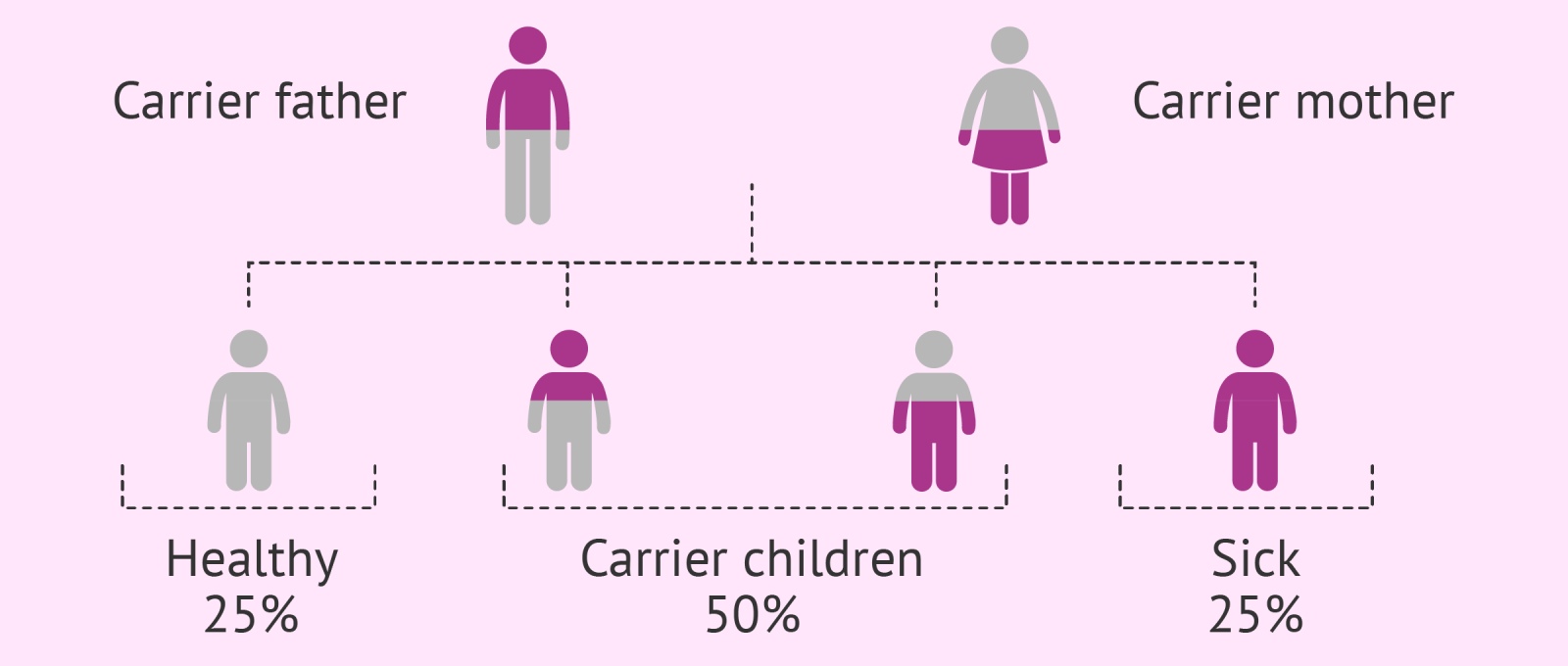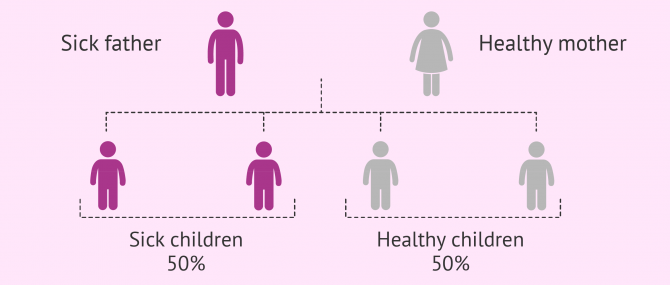- What is EB?
- About EB
- Types of EB
- Inheritance of EB
- Finding a Cure
- Want to know more?
- Acknowledgements
Inheritance of EB
EB affects males and females of all races, seemingly equally. It can be inherited in a number of ways. Everyone has two copies of each gene, one from each parent. Defective genes may come from the parents or from new mutations in the egg or sperm before fertilization. The terms ‘recessive’ and ‘dominant’ can be applied to the mode of inheritance or in simplistic terms to the gene.
- Recessive (R) – two copies of the defect are needed for EB to be ‘made’ or manifest. In this scenario, neither parent may have EB themselves but ‘carry’ it. There is a 1 in 4 chance of a child having EB. Recessively inherited DEB is called RDEB and is often very severe.

- Dominant (D) – only one copy of the defective gene is needed – it may come from a parent with EB or a new gene mutation. This type of EB is often more mild and may pass through generations undiagnosed until a new baby is born with blistered skin. The EBS gene is often ‘dominant’, that is only one copy is needed for the condition to be manifested.

 Stay in Touch
Stay in Touch Wudy’s story
Wudy’s story(translated by Google Translate)
Married for seven years, long-awaited first-time mother when I thought I was happiest... read more
